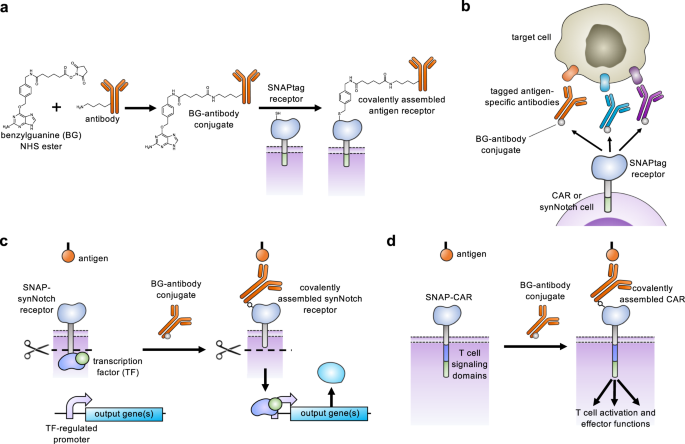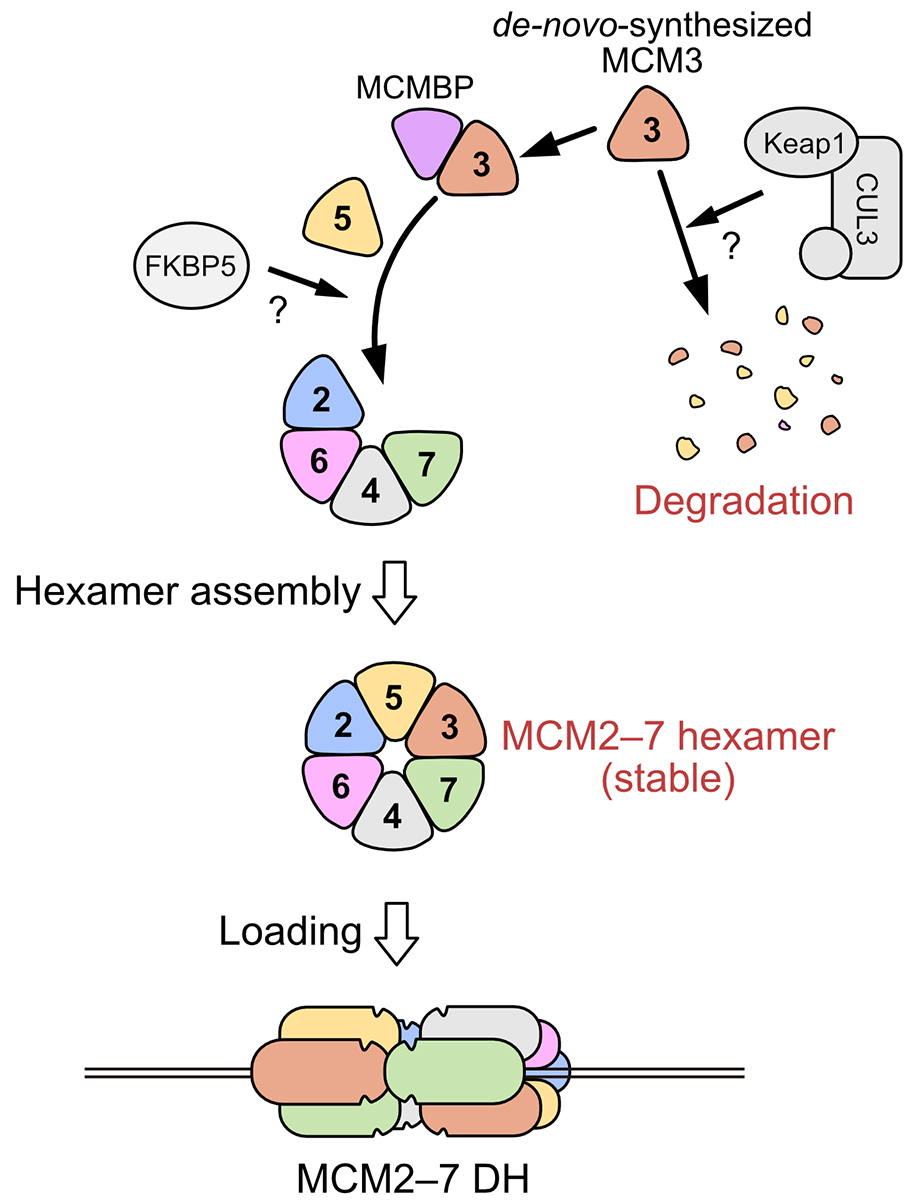2023-05-10 カリフォルニア大学サンディエゴ校(UCSD)
◆Naviaux教授によれば、長期にわたる疾患の増加は、mitochondriaの機能障害が原因である可能性がある。mitochondriaは、感染やストレス、怪我などの影響を受け、自己防衛反応としてCDR(cell danger response)を発動し、細胞を保護する。しかし、CDRは、元の脅威がなくなっても、過剰なまでに継続することがあり、炎症や細胞機能の不全を引き起こすため、慢性症状が残ることがある。
◆Naviaux教授は、治療と予防に関わる新しいアプローチの必要性を主張しており、疾患の発症だけでなく、治癒のプロセスにも注目することを呼びかけている。
<関連情報>
- https://today.ucsd.edu/story/the-acute-problem-of-chronic-disease
- https://www.sciencedirect.com/science/article/pii/S1567724923000351?via%3Dihub
サルーゲネシスとヒーリングサイクルのミトコンドリアと代謝の特徴 Mitochondrial and metabolic features of salugenesis and the healing cycle
Robert K. Naviaux
Mitochondrion Available online:27 April 2023
DOI:https://doi.org/10.1016/j.mito.2023.04.003

Highlights
•Pathogenesis and salugenesis are the first and second stages of the two-stage problem of disease production and health recovery.
•Salugenesis, the healing cycle, the integrated stress response (ISR), and the cell danger response (CDR) each describe different aspects of the same biology.
•The healing cycle cannot progress without programmatic changes in mitochondrial function needed for local and organelle-to-organism signaling.
•The rise and fall of extracellular ATP (eATP) after stress or injury is a key driver of salugenesis and the healing cycle.
•The rising tide of chronic disease can be traced to impaired salugenesis, incomplete healing, pollution, and ecosystem changes caused in part by anthropogenic factors.
Abstract
Pathogenesis and salugenesis are the first and second stages of the two-stage problem of disease production and health recovery. Salugenesis is the automatic, evolutionarily conserved, ontogenetic sequence of molecular, cellular, organ system, and behavioral changes that is used by living systems to heal. It is a whole-body process that begins with mitochondria and the cell. The stages of salugenesis define a circle that is energy- and resource-consuming, genetically programmed, and environmentally responsive. Energy and metabolic resources are provided by mitochondrial and metabolic transformations that drive the cell danger response (CDR) and create the three phases of the healing cycle: Phase 1—Inflammation, Phase 2—Proliferation, and Phase 3—Differentiation. Each phase requires a different mitochondrial phenotype. Without different mitochondria there can be no healing. The rise and fall of extracellular ATP (eATP) signaling is a key driver of the mitochondrial and metabolic reprogramming required to progress through the healing cycle. Sphingolipid and cholesterol-enriched membrane lipid rafts act as rheostats for tuning cellular sensitivity to purinergic signaling. Abnormal persistence of any phase of the CDR inhibits the healing cycle, creates dysfunctional cellular mosaics, causes the symptoms of chronic disease, and accelerates the process of aging. New research reframes the rising tide of chronic disease around the world as a systems problem caused by the combined action of pathogenic triggers and anthropogenic factors that interfere with the mitochondrial functions needed for healing. Once chronic pain, disability, or disease is established, salugenesis-based therapies will start where pathogenesis-based therapies end.


